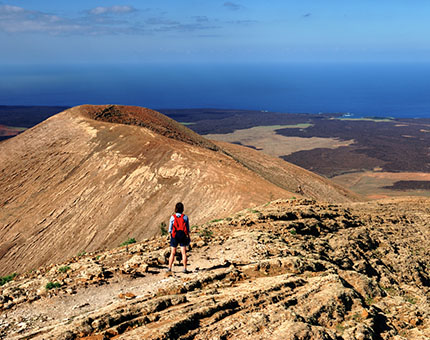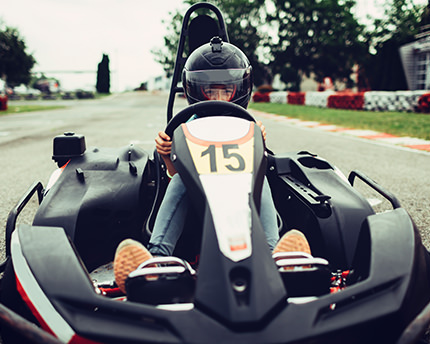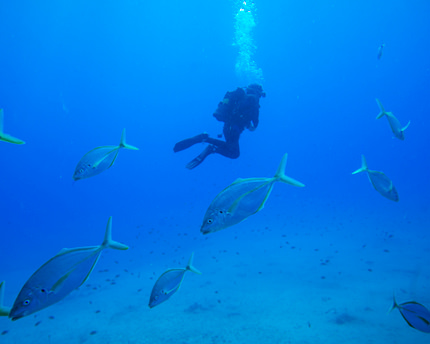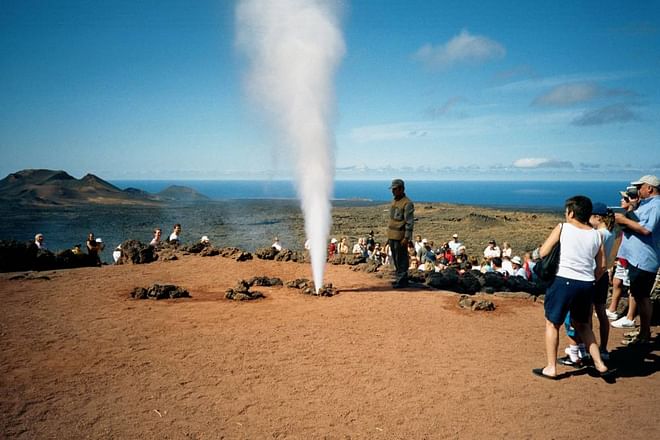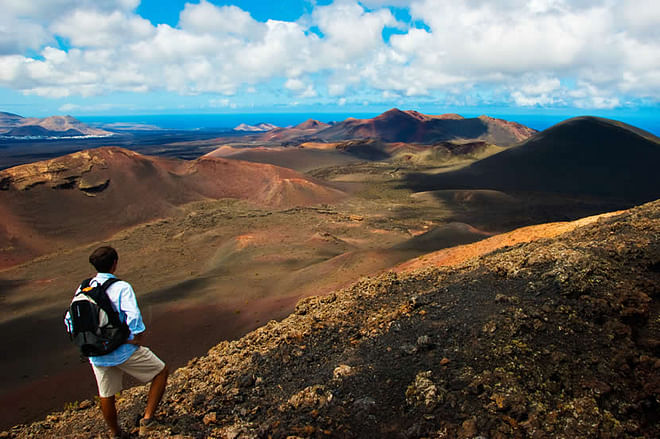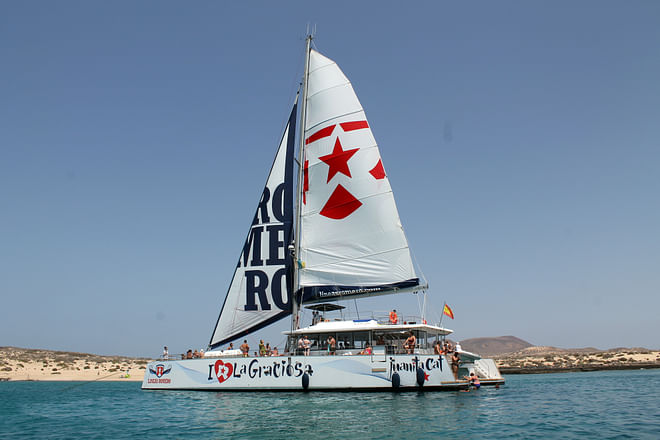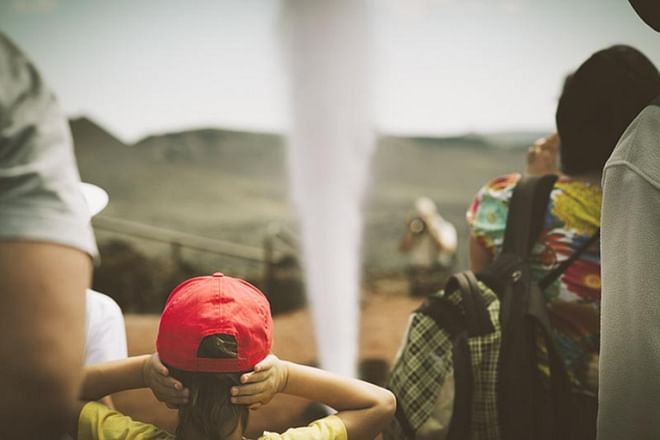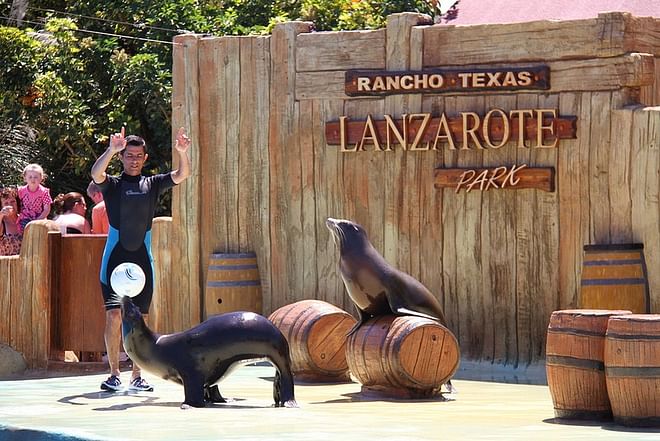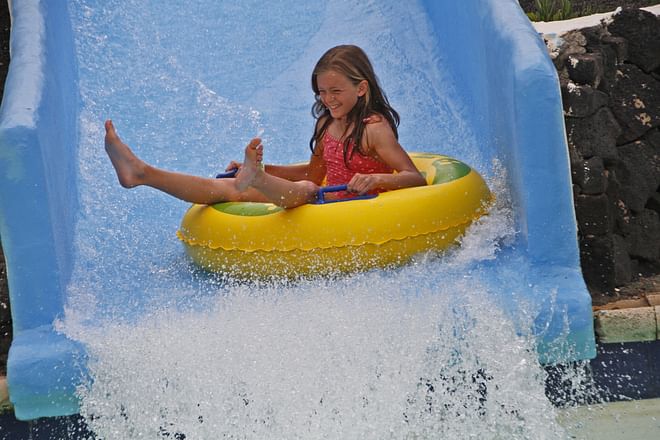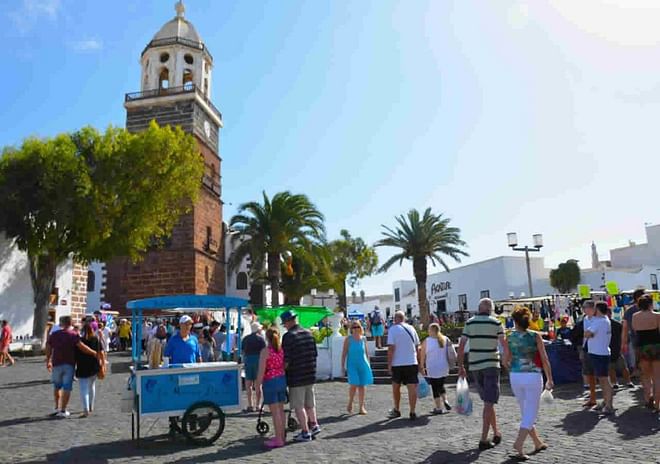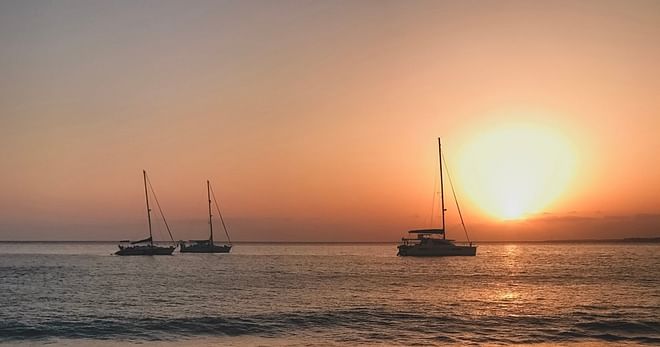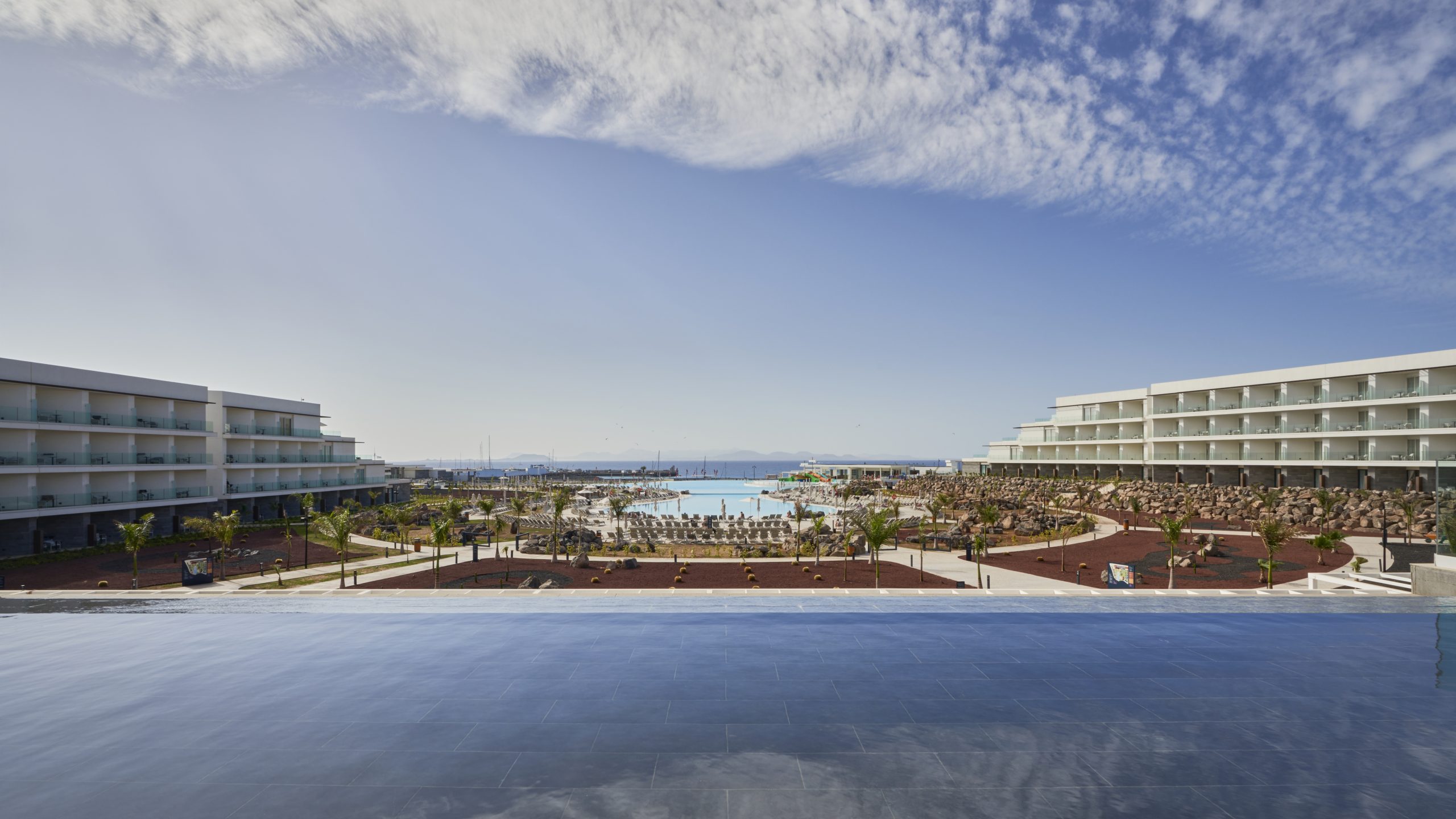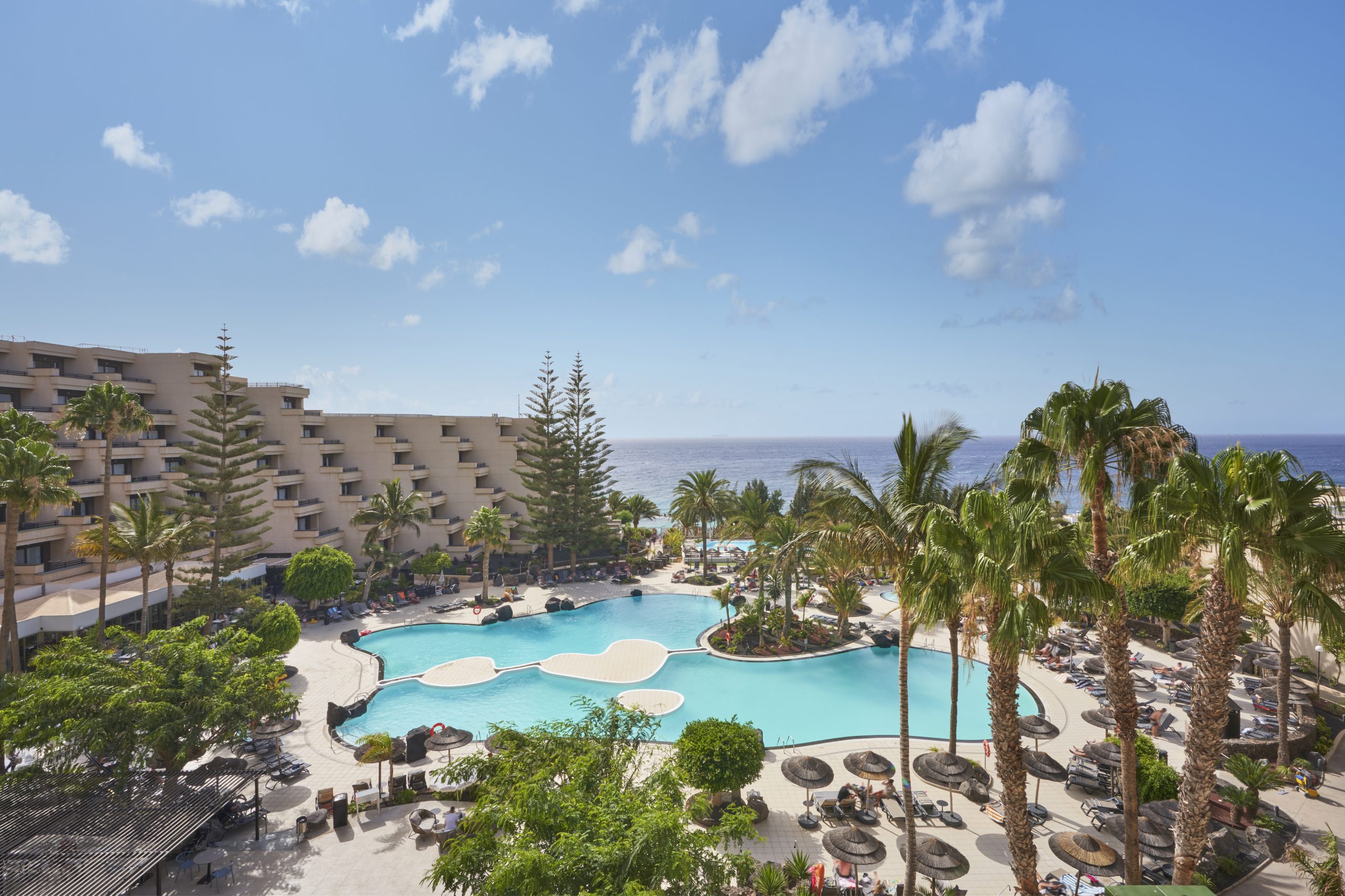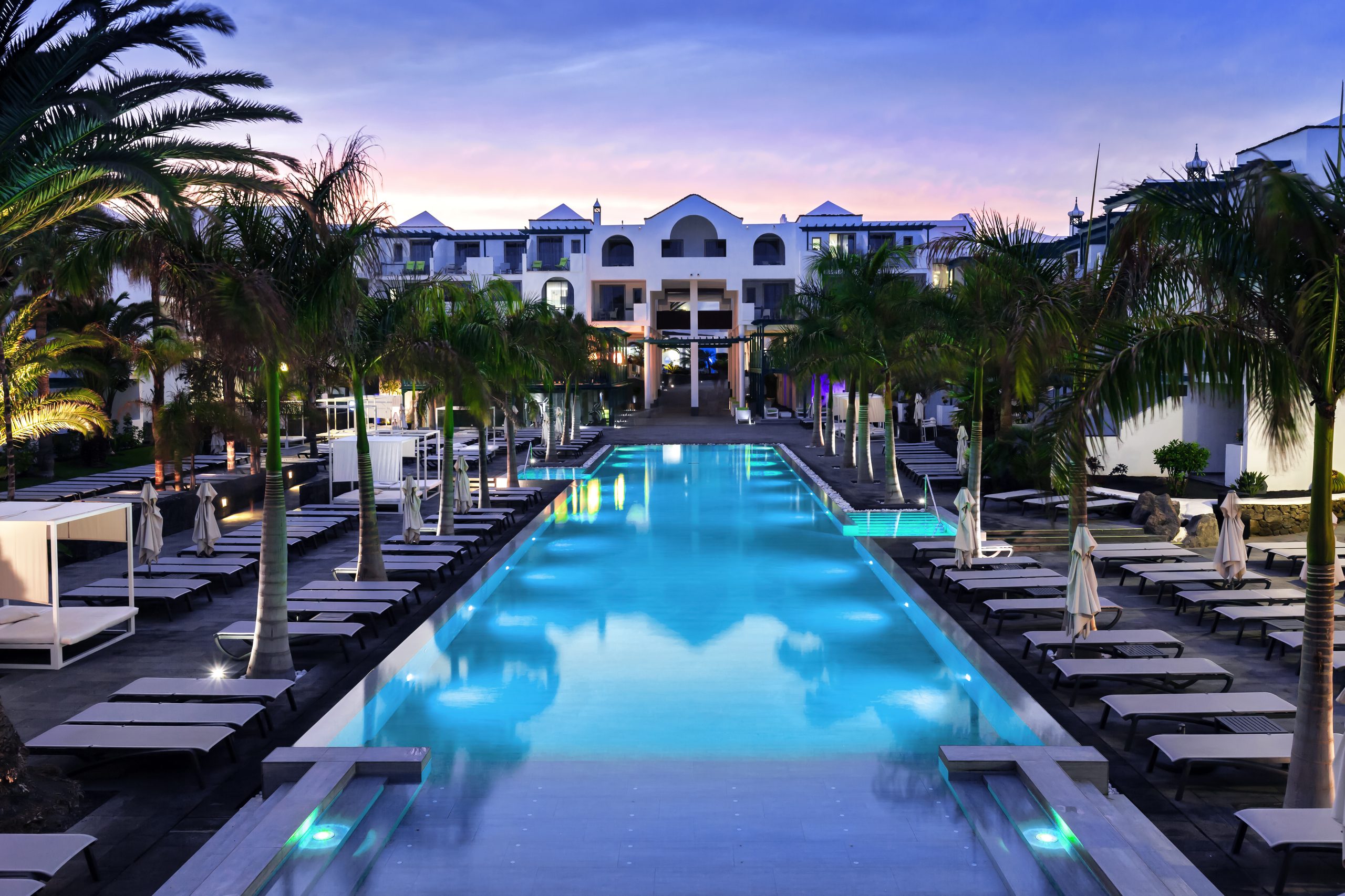Time passes on another level on Lanzarote when you are surfing, or gliding along an endless tube like the Australian Stephanie Gilmore, several times the world surfing champion. Although this activity tends to be associated with young people and free spirits, it actually has no upper age limit. The quest for excitement and the release of adrenaline are mainly what drive surfers to climb onto their surfboards to conquer the waves.
However, there is no need to travel thousands of kilometres or to visit the Antipodes to find a surfing paradise: all you have to do is to make for Lanzarote. This particular Canary Island offers fantastic conditions in which to enjoy surfing, all year round. We’ve condensed into 4 points everything you need to know if this is your first visit to Lanzarote to enjoy water sports.
The best season for surfing in Lanzarote
Any time of the year is good to travel to Lanzarote for a surfing holiday—the weather conditions are suitable in all seasons, and the water temperature hovers between 18 and 25oC. If you’re new to the sport, you can go whenever you wish, because there will always be a place where wind, tide and swell are suitable. If you are already a proficient surfer and seeking more exciting challenges, you will find them during the autumn and the winter (approximately from October to January).
Playa Famara, the ideal spot for surfing
From first thing in the morning, you can see people moving around Playa de Famara, one of the most popular places among the surfers who come to Lanzarote, especially those just beginning to ride the waves. This inlet of golden sand, close to La Caleta de Famara, extends for 3 kilometres, is free of rocks, and has the added bonus that the waves can break equally to the left and to the right. It is important when choosing which particular stretch to surf on that you take account of the tide, the size of the waves, the wind direction and its strength.
As this is a beach suitable for beginners, there are dozens of surfing schools that teach the basics, provide everything you will need and have their own defined areas of the beach. One of Famara’s added advantages is that it has first-aid facilities and good restaurants in a picturesque location, but still retains some unpaved streets covered in sand.
More advanced surfers will also find a few spots in the Famara area where they can test their skills. One of these is the Playa de San Juan, where a stage of the ‘ASP 6 star La Santa Pro’ is held. This is an exclusive location, which offers the opportunity to execute a number of manoeuvres and tubes thanks to the length of the waves. At El Muelle, on the other hand, you will find long, fast rock waves, where you can show your skill with tubes and manoeuvres. The experts also claim that the most impressive waves are 15 minutes from La Caleta, at El Quemao to be precise, and they have even been compared to the waves to be found in Hawaii. It is also worth knowing about the waves at La Santa and Caleta Caballo, which are among the most prized.
Surfing in the north of Lanzarote
In the north and east of Lanzarote, there are also good ‘spots’ (the term used by surfers to denote places suitable for surfing). On the beach of the little fishing village of Órzola, for example, a wave is produced that starts on the rocks, and ends on the beach. And if it’s fun you’re looking for, head for La Garita beach, in Arrieta, where the waves are short and break close to the shore. Lastly, if you like big waves, one of the best spots on the island is at Playa de los Jameos del Agua—but take care with the currents.
Kitesurfing, skimming the water
Water Sports are addictive, and if you are a surfer, it is likely you will end up trying others such as windsurfing, kitesurfing and paddle surfing. Whereas the most popular water sports a decade ago were windsurfing and surfing, it is now kitesurfing which is growing in popularity year by year. It requires a change of equipment (swapping a board for a kite), but the overall technique is not that different.
In Lanzarote, the best spots are concentrated at Famara, with the added advantage that there are many establishments that will hire out the equipment, so that you won’t need to bring it on the plane with you. The Famara waves, ideal for all skill levels, are the beachbreak type (in other words, the waves break on the sand itself), with a north to north-easterly side-on-shore wind (i.e. blowing sideways from out at sea). If you are not familiar with surfing jargon, there are plenty of websites that will explain in English the more commonly used terms.
The best time of the year for kitesurfing is between May and September, as the winds are more consistent then—although wind and wave conditions can also be good during the rest of the year. Try to go into the water at low or medium tide.
In the north of Lanzarote, on the beach at Jameos del Agua, you can find another spot where you can enjoy kitesurfing if you are an experienced water sports enthusiast. This spot is near the César Manrique art centre, and the setting is exceptionally beautiful. Even if you’re not brave enough to take the plunge yourself, you can still enjoy the spectacle of the kitesurfing experts pirouetting over 3-metre-high waves. The connoisseurs at the Canary Islands Tourist Board say that conditions are the best in spring and summer, and that the wind must be blowing towards the north-east—when a “big, fast left-hand wave” is produced, which “is hollow at certain points, and which can reach a height of several metres”.
Windsurfing and Paddle surfing in Lanzarote
The most popular areas on the island for windsurfing are around Costa Teguise, particularly on the beaches of las Cucharas and los Charcos. More experienced windsurfers can also try Los Jameos (as described above) for other water sports.
Lastly, paddle surfing is a sport that anyone can try, as it does not require a high level of physical fitness. Several companies organise group paddle surfing trips—a great opportunity to combine sightseeing and sport. These centres hire out the equipment (a board and an oar) and organise fun excursions. With this sport, there is absolutely no excuse for not taking the plunge. So… come on, you’ve got to start somewhere!




































































